 |
|||
This translation is unedited!
Al Rio
was a Brazilian artist, illustrator and author. He was born as Álvaro Araújo Lourenço do Rio on 19. May 1962 in Fortaleza, Ceará.
He has worked for almost every major US comic publisher and label including Marvel, DC, Chaos, Malibu, Crossgen, Image, Angel Entertainment, Vertigo, Harris, Dark Horse, Avatar, Wildstorm, Amazing and Zenescope.
Among them on titles like "Vampirella", "Gen 13", "Voodoo", "Star Wars", "Grimm Fairy Tales", "World War Hulk","X-Men", "Purgatori", "Spiderman", "Return to Wonderland", "Heroes for hire", "Captain America", "Exposure" and some more.
Al Rio was also a sought-after illustrator for title covers and designed motifs for "Neverland", "Myths and Legens", "Grimm Fairy Tales", "New Mutants Forever", "Tales from Wonderland", "Beyond Wonderland", "Fever Moon", "Salem´s Daughter", "Living Corpse", "Threshold", "Jungle Fantasy" (+Annual), "Avengelyne", ...
Over the years, Al Rio has built a reputation for its professional and adaptable style. Especially as an excellent artist for provocative female characters. Through his early work with DC Comics and Wildstorm ("Gen 13") he was given the trademark of the "good girl artist". This erotic idealization, however, has come under criticism in recent years and his illustrations have suddenly become negative examples of the sexist portrayal of women in the industry.
These countless illustrations later found their way into summarizing exhibitions. His best drawings have been published in several anthologies such as "Art of Al Rio" Volume 1 und 2, "Luscious - The Collected Art Of Al Rio", "Al Rio´s How To Draw Girls" or "The Sexy Art of Al Rio". In his How-to-draw comic (there are even training videos on DVD) his commitment to promoting young talents was noticeable.
After some illustration work for various schools in Rio de Janeiro in the early 1990s, Al Rio got a foot in the door of the Walt Disney Company and worked there as a artist for film productions such as the Aladdin cartoon series. He also drew for the children's comic "Xuxa".
Through his agency Glass House Graphics, Al Rio got in touch with American publishers and suddenly his orders shifted from the Brazilian market to the US comic book market.
His impeccable, modern cartoon style was perfect for the American comic book market. Especially for the adventure and superhero titles.
After a number of successful years and countless assignments, Al Rio took a little break from his creative work, shifted his priorities and started working on new themes that he personally liked more. "My main reason for getting away from the comics was to be able to revise my entire life as an artist and to show more to the people what I most like to do and to show my countless line and quality interpretations that I could offer to my clients and fans. With the pin-ups and commissions I could show more the other faces of Al Rio as a whole. … So, working with pin-ups is surely marvelous as well as working with comics." (1) The Internet platform Kickstarter was used to finance a collection of his contributions to the series Exposure, which Al Rio created together with David Campiti. Individual pages were shown on exposure. keenspot.com. Only a few of Al Rio's works are truly pornographic. A longer story was published in 2001 (but the comic was written earlier) in the magazine Raw Media Quarterly (issue 8-11) by Avatar Press. With the support of David Quinn and Nimbus, he wrote and drew the comic Thrust. The pages are technically impeccable, but with their rather sober and boring layout they are reminiscent of Italian (a la Studio Leonetti) or Brazilian comic books. Al Rio's style of drawing was extremely versatile and adaptable. There was the more "comic" basic style of him, in which characters were slightly overdrawn and thus got a cartoon-like touch (for example "Gen 13"). Many erotic works were again kept in a simplified realistic look ("Exposed"). His last major project was the Graphic Novel "Fever Moon" for Random House (Del Ray) with the authors Karen Marie Moning and David Lawrence. Al Rio died on 31. January 2012, and according to his artist agency Glass House Graphics, the extremely talented and committed artist took his own life. He left behind a wife and three children. His long-time agent and companion David Campiti: "We’d gotten together several weeks ago and were working hard on his projects, so news of his death came as quite a shock. He was a long-time friend whose art was a great joy to me and even inspired my wife’s drawing career. Generous and humble, he’ll be deeply missed.” (1) |
|||||||||
Al Rio war ein brasilianischer Zeichner, Illustrator und Autor. Er wurde als Álvaro Araújo Lourenço do Rio am 19. Mai 1962 in Fortaleza, Ceará geboren. Er arbeitete im Laufe seiner Karriere für fast alle renommierten US-Comic-Verlage und -Labels wie Marvel, DC, Chaos, Malibu, Crossgen, Image, Angel Entertainment, Vertigo, Harris, Dark Horse, Avatar, Wildstorm, Amazing und Zenescope. Darunter an Titeln wie "Vampirella", "Gen 13", "Voodoo", "Star Wars", "Grimm Fairy Tales", "World War Hulk", "X-Men", "Purgatori", "Spiderman", "Return to Wonderland", "Heroes for hire", "Captain America", "Exposure" und einige mehr. Al Rio war auch ein gefragter Illustrator für Titelcovers und gestaltete Motive unter anderem für "Neverland", "Myths and Legens", "Grimm Fairy Tales", "New Mutants Forever", "Tales from Wonderland", "Beyond Wonderland", "Fever Moon", "Salem´s Daughter", "Living Corpse", "Threshold", "Jungle Fantasy" (+Annual), "Avengelyne", ... Im Laufe der Jahre erarbeitete sich Al Rio durch seinen professionellen und anpassungsfähigen Stil einen guten Ruf. Insbesondere als exzellenter Zeichner für aufreizende weibliche Charaktere. Durch seine frühen Arbeiten bei DC Comics und bei Wildstorm ("Gen 13") bekam er das Markenzeichen des "good girl artist". Diese erotische Idealisierung kam jedoch in den letzten Jahren in die Kritik und seine Illustrationen wurden plötzlich Negativ-Beispiele für die sexistische Darstellung von Frauen in der Branche. Diese unzähligen llustrationen fanden später auch ihren Weg in zusammenfassende Werkschauen. Seine besten Zeichnungen wurden in einigen Sammelbänden wie zum Beispiel "Art of Al Rio" Volume 1 und 2, "Luscious - The Collected Art Of Al Rio", "Al Rio´s How To Draw Girls" sowie "The Sexy Art of Al Rio" veröffentlicht. Nach einigen Illustrationsarbeiten Anfang der 1990er Jahre für diverse Schulen in Rio de Janeiro bekam Al Rio einen Fuß in die Tür der Walt Disney Company und arbeitete dort als Zeichner für Filmproduktionen wie zum Beispiel der Aladdin Zeichentrickserie. Zudem zeichnete er für den Kinder-Comic "Xuxa". Über seine Agentur Glass House Graphics bekam Al Rio Kontakt zu amerikanischen Verlagen und plötzlich verlagerten sich seine Aufträge vom brasilianischen Markt hin zum US-Comic-Markt. Sein tadelloser, moderner Comic-Stil war wie geschaffen für den amerikanischen Comicmarkt. Insbesondere für die Abenteuer- und Superhelden-Titel. Nach einigen erfolgreichen Jahren und unzähligen Aufträgen nahm Al Rio eine kleine Schaffenspause, verlagerte seine Prioritäten und beschäftigte sich mit neuen Themen, die ihm persönlich mehr zusagten. Über die Internet-Plattform Kickstarter wurde erfolgreich ein Sammelalbum seiner Beiträge zu der Serie Exposure - die Al Rio zusammen mit David Campiti ins Leben rief - finanziert. Einzelne Seiten kam man auf der Webseite exposure.keenspot.com ansehen. Nur wenige Arbeiten von Al Rio sind wirklich pornografisch. Eine längere Geschichte erschien 2001 (der Comic entstand jedoch früher) im Magazin Raw Media Quarterly (Ausgaben 8-11) bei Avatar Press. Mit Unterstützung von David Quinn und Nimbus schrieb und zeichnete er den Comic Thrust. Die Seiten sind zwar handwerklich einwandfrei, erinnern aber mit ihrem eher nüchternen und langweiligen Layout an italienische (a la Studio Leonetti) oder brasilianische Comic-Massenware. Al Rios Zeichenstil war überaus wandlungs- und anpassungsfähig. Da gab es den eher "comichafteren" Grundstil von ihm, bei dem Charaktere leicht überzeichnet dargestellt wurden und so einen cartoonigen Touch bekamen (zum Beispiel "Gen 13"). Etliche erotische Arbeiten waren wiederum in einem vereinfachten realistischen Look gehalten ("Exposed"). Sein letztes größeres Projekt war die Graphic Novel "Fever Moon" für Random House (Del Ray) mit der Autoren Karen Marie Moning und David Lawrence. Al Rio starb am 31. Januar 2012. Laut seiner Künstleragentur Glass House Graphics nahm sich der äußerst talentierte und engagierte Künstler selbst das Leben. Er hinterließ eine Frau und drei Kinder. Sein langjähriger Agent und Weggefährte David Campiti: "We’d gotten together several weeks ago and were working hard on his projects, so news of his death came as quite a shock. He was a long-time friend whose art was a great joy to me and even inspired my wife’s drawing career. Generous and humble, he’ll be deeply missed.” (1) Links: Quellen/Sources: |
|||||||||
 |
|||||||||
 |
|||||||||
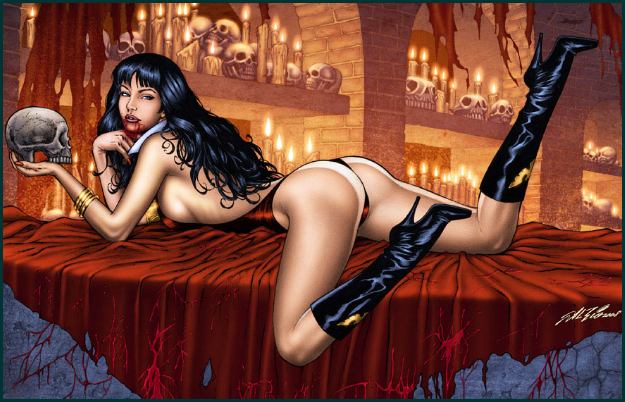 |
||
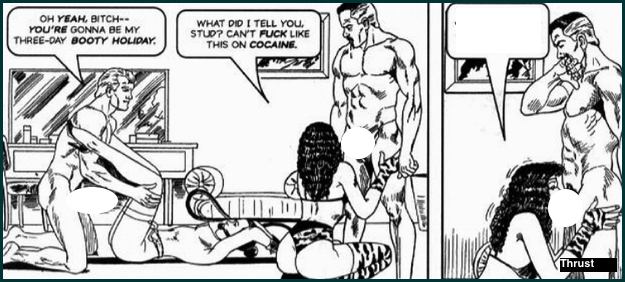 |
||
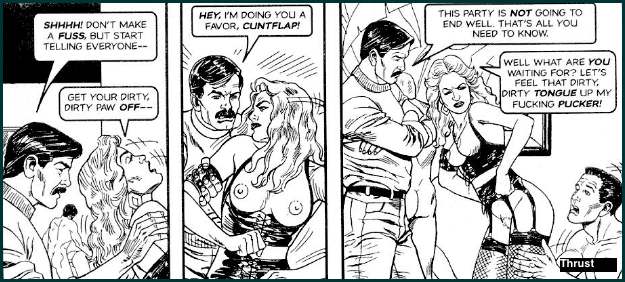 |
||
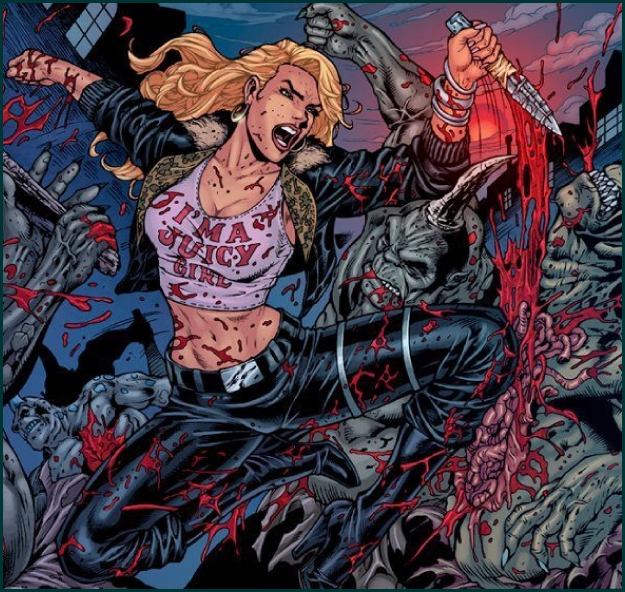 |
||
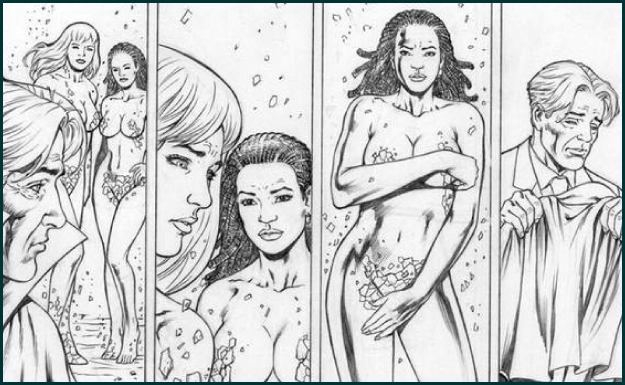 |
||
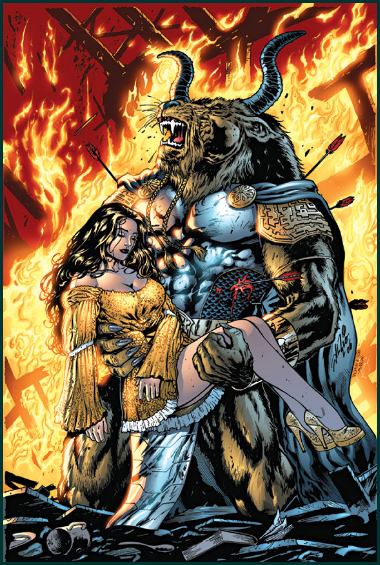 |
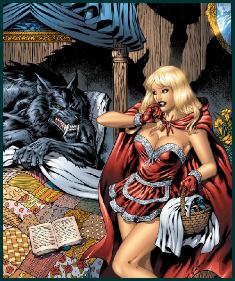 |
|||
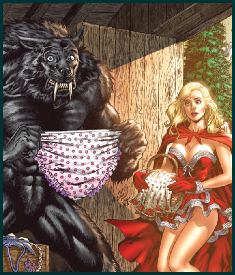 |
||||
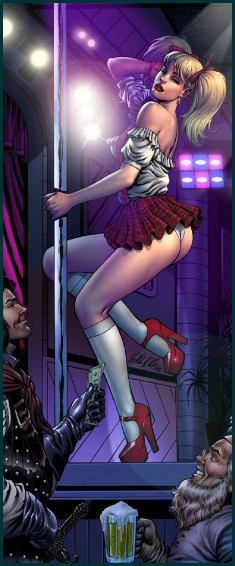 |
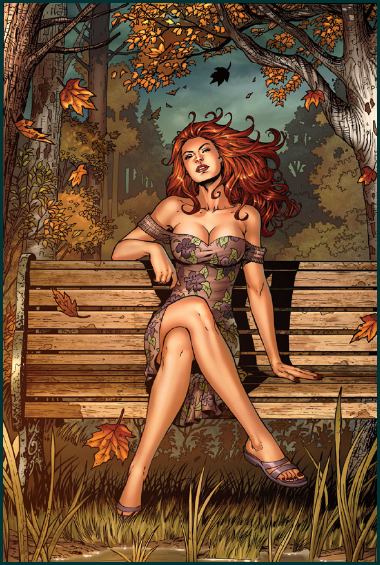 |
|||
 |
 |
|||